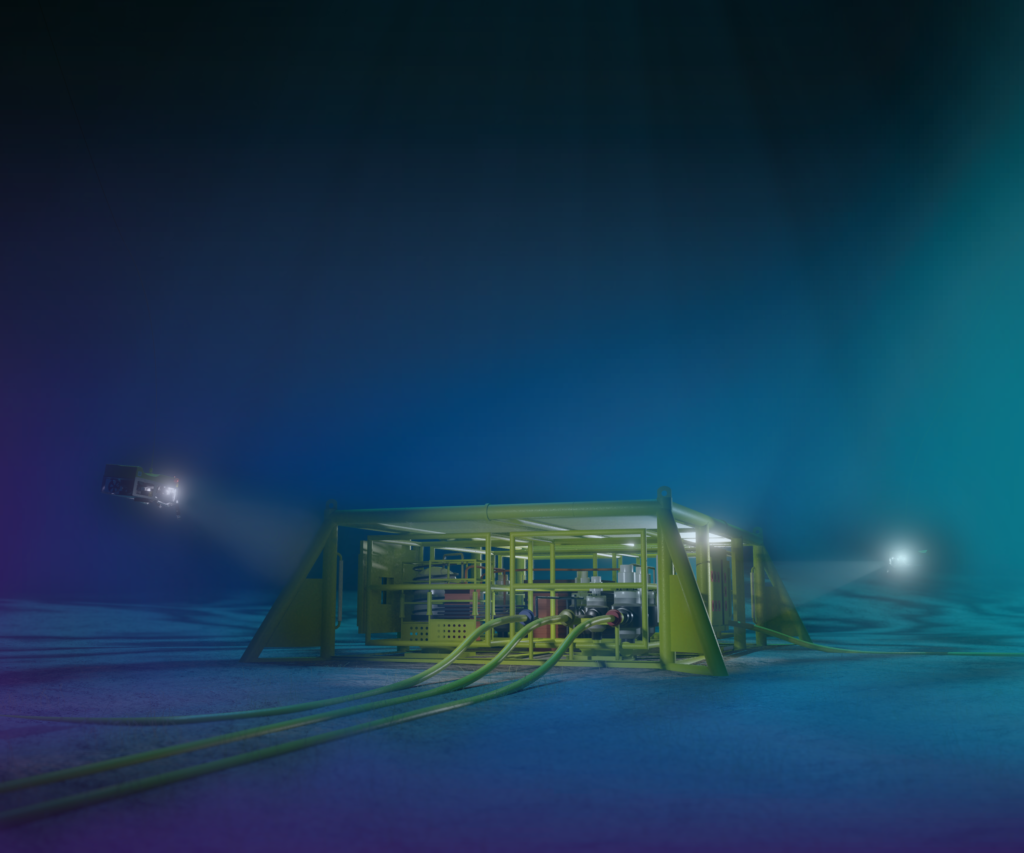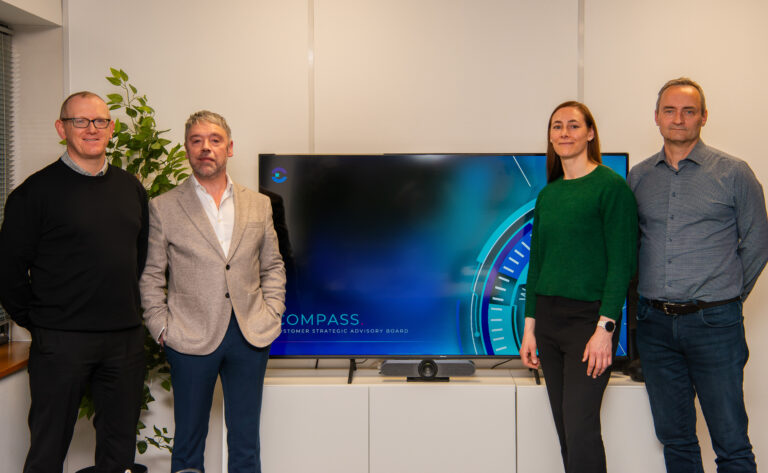At Elementz, legacy runs deep. Originating as Coabis over 35 years ago and having undergone our own transformations with Aize in recent years, Integrity Elementz’s subsea asset integrity management software encapsulates the very best elements from our impressive journey.
In this blog article, we explore industry changes, growth, and the evolution of software through the lens of Lisa Strachan, Principal Pipeline Engineer at Aker Solutions. Drawing from her MSc project, Lisa provides valuable insights into how the industry has transformed from reliance on data sheets to the adoption of integrated systems.
Data Management Challenges
Lisa has dedicated over 30 years of her career to the oil and gas industry, initially focusing on welding and fabrication before transitioning to integrity management of various structures, including topside facilities and pipelines. Her expertise now lies predominantly in pipeline integrity management stemmed from her fascination with the unique challenges presented by underwater environments compared to topside operations.
In the early stages of her career, her work involved extensive use of Excel spreadsheets for data management, assessment and trending purposes, as many of the software available only stored the inspection data gathered on-site. This approach, while effective at the time, raised numerous questions about the long-term storage, auditably and accessibility of data. Documents from previous decades often surface, prompting queries about their current storage locations. Were they archived in boxes, stored on floppy disks, or managed in other ways? Understanding the evolution of data management is the key in tracing how industry practices have evolved.
Back in 1994, the industry mainly utilised a program called PRISM, relying heavily on manual updates and failing to provide real-time data. This manual process meant that the latest data versions were often inaccessible. The lack of automation was a significant hurdle, as the inspection technology advanced, the software infrastructure lagged behind.
Transition to Modern Software Solutions
Lisa’s pursuit of a Master’s degree involved a project focused on whether modern software could support subsea integrity management. This project, driven by Health, Safety, and Environment (HSE) KPI studies, highlighted the industry’s need for better data management to enhance auditability and trend analysis. It underscored the critical role of accurate data in ensuring health and safety standards.
Her professional journey led her to Aker, where she collaborated with Jason Brown, our Elementz CEO. Together, they worked towards retiring the outdated Coabis system and embrace new software solutions. Lisa’s unique expertise in subsea operations was fundamental, supporting the team’s efforts to develop more integrated and efficient software tools.
The Rise of Integrity Elementz
The software represents a comprehensive solution that integrates various modules, eliminating the need to switch between different programs. It provides a holistic view of equipment conditions, ranging from topside facilities to subsea boundaries, and offers unique inspection data capabilities.
Lisa’s practice has shown that despite its potential, some operators are still not fully utilising the software’s features, often treating it merely as a data storage, instead of using the real-time data capabilities and its potential to revolutionise operations by tracking anomalies and supporting decision-making processes.
“Integrity Elementz is a game-changer for our industry. It offers real-time data and a comprehensive view of our assets, which is crucial for proactive management,” Lisa explains.
“I’m excited to see more operators adopt this technology and move away from outdated methods.”
Overcoming Limitations with Modern Solutions
Throughout her career, Lisa has worked with various software experiencing challenges such as data overwriting and inefficiencies in handling inspection workpacks. In contrast, Integrity Elementz allows for live data loading directly from inspection vessels, offering a more streamlined and integrated approach.
The industry has seen forced changes, such as the upgrade from Coabis to Integrity Elementz, which illustrates the necessity of evolving with technological advancements. Integrity Elementz stands out for its ability to consolidate all necessary information in one place, providing a rare and valuable product in the market.
Looking to the Future
According to Lisa, in the future the reliance on spreadsheets is minimised, and the software’s full potential is realised and adopted by more users, including operators, inspection contractors, and integrity management teams. In an ideal scenario, inspection data would be accessible almost instantaneously, reducing the lag time from inspection execution to data analysis. The ability to proactively manage data through advanced dashboards and trending tools would significantly enhance operational efficiency and safety. Having all media and inspection data in one place is crucial as it allows for a seamless integration of reporting and assessment processes.
Lisa’s journey highlights the importance of embracing technological advancements in the energy sector. With the right tools, the industry can move from reactive to proactive management, ensuring safer and more efficient operations for the future.
If you’re interested in learning more about our asset integrity management software solution, book a demo:







